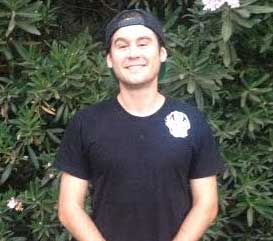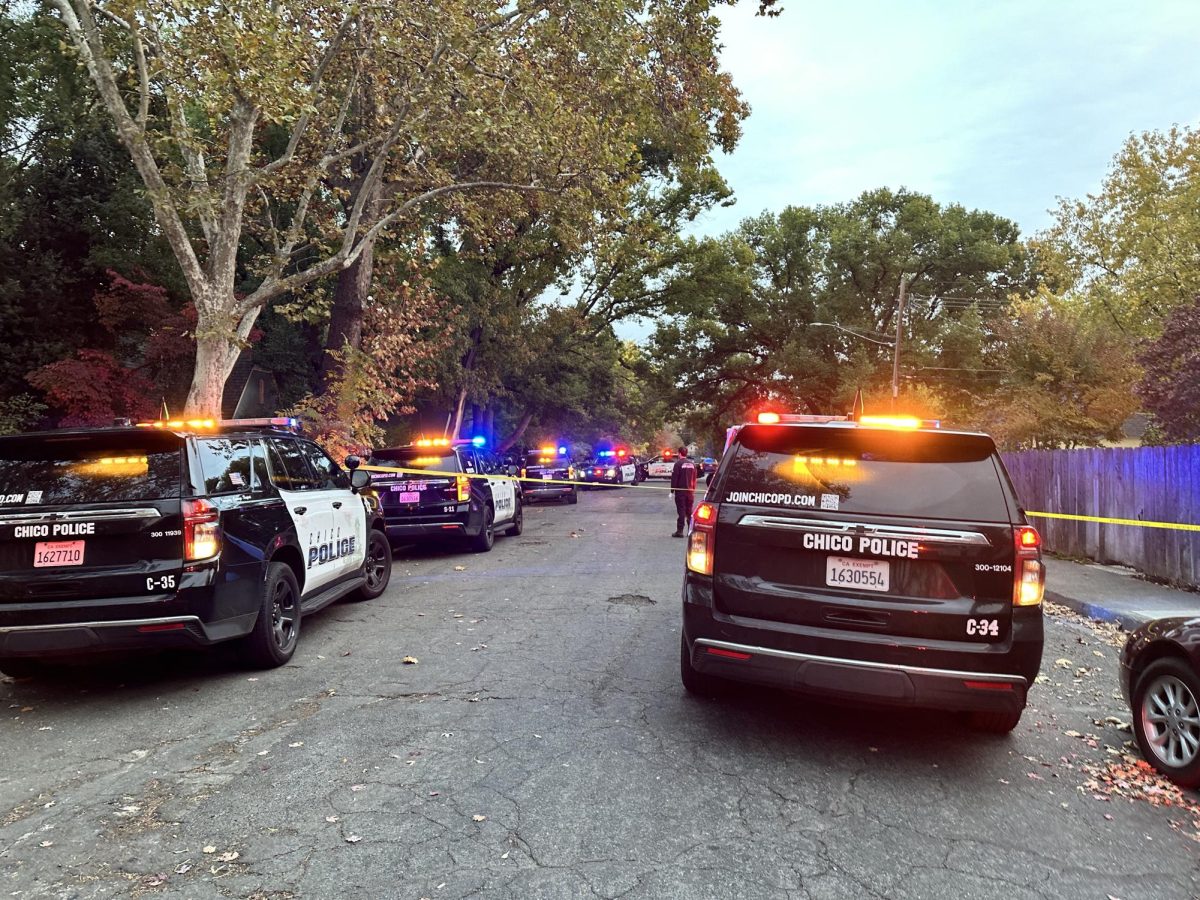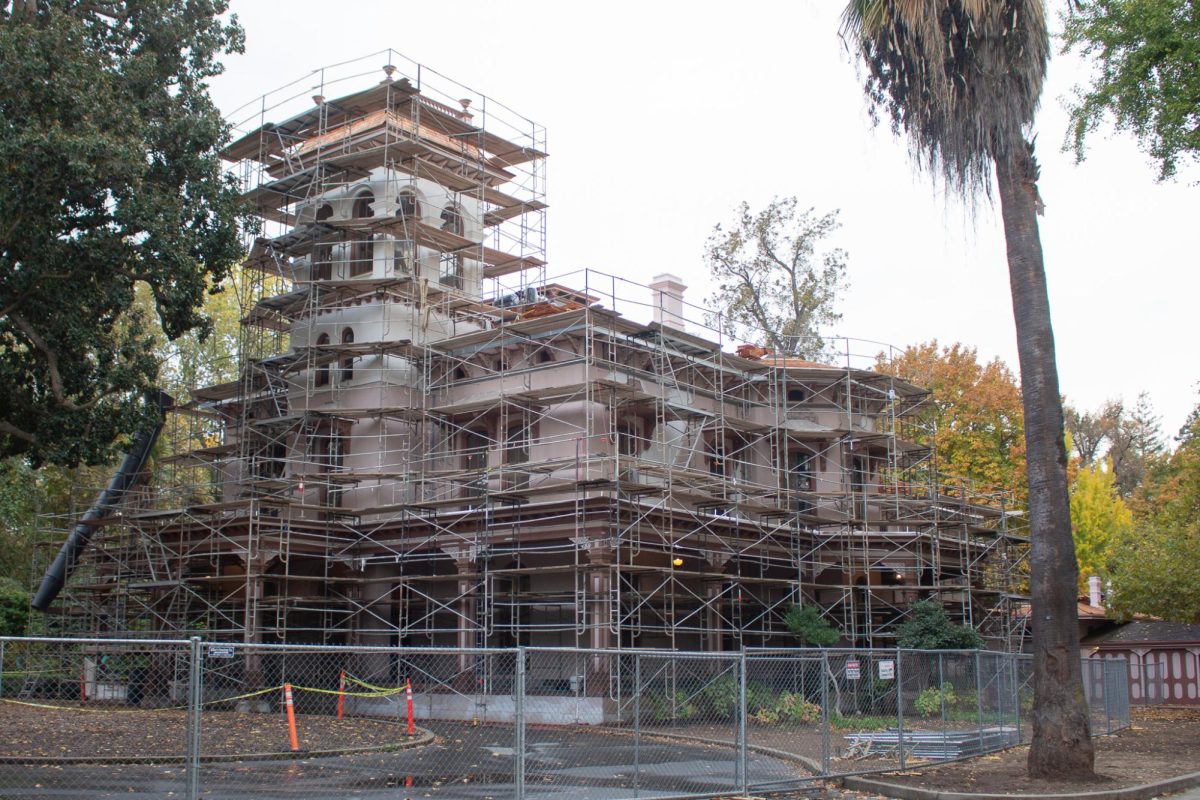
With the price of gold continuing to climb and currently selling for $1,125.70 per ounce, it’s no surprise a student like Chase Calvin struck gold locally, especially when he has access to an ideal spot in his own backyard— Feather River in Oroville.
During the Gold Rush, Northern California was one of the biggest jackpots for miners and is how California earned it’s nickname, “The Golden State.”
“I enjoy hunting for gold,” said Calvin, junior criminal justice major. “I like the adventure of it. Sometimes it requires a pretty long hike to access places that have never been mined.”
According to Discover California, there were over 25 million ounces of gold found in the Sierra Nevada foothills during the Gold Rush.
Calvin found the precious metal at Bear River, which flows down from the Sacramento valley and merges into Feather River. His find was worth about $150 which he found while panning.
Panning is the process of shaking a pan filled with rocks and metals, causing the heavy gold to settle at the bottom. Simultaneously, the lighter materials will rise to the surface to be tossed.
Distinguished people have also found gold along the Feather River. John Bidwell was one of the first to discover gold there. His findings occurred at Middle Fork on Feather River, known today as Bidwell’s Bar. During the beginning of the Gold Rush, Bidwell’s discovery of gold on Feather River attracted thousands of miners who established communities where prospectors came to strike it rich, and often did.
In July 2013, Bob Van Camp of Paradise found a five-pound nugget in the Butte Foothills, worth a quarter of a million dollars. The gold, about the size of the palm of a hand, was found with a metal detector.
According to the Gold Prospectors Association of America, big nuggets of gold were found on the ground and every rock during the Gold Rush.
Since the Gold Rush, there has been gold discovered throughout Chico, Sacramento, Shasta and El Dorado counties. Feather River, located between Oroville and Quincy, was one of the most successful locations for miners during the rush, with an established community of miners that lived along the river.
Calvin has been panning for gold since a young age, and has been to Feather River as well as other locations in the area including the American River, Mineral Bar and Bear River, which are both closer to Auburn. The California Department of Parks and Recreation concluded that the Auburn State Recreation Area includes 40 miles of north and middle forks of the American River. This spot was also filed with gold and miners during the Gold Rush.
Calvin recommends some tips for those who are interested in mining for gold that could aid the process:
- Study the river, as well as the topography. The gold settles in certain places so knowing the topography and the way the river flows can help those interested in gold panning know where to look, he said.
- Come prepared with the proper tools. A shovel, a few five gallon buckets and a gold pan are essential when gold panning.
- Contact your local Gold Prospector Association of America. Calvin uses the organization as a resource for mining gold because members have access to claims (areas of land where only members can prospect on), purchased by the association.
According to Calvin, Chico is just a short distance away from some of the best spots in the state for gold prospectors.
“Don’t give up because you’re not always going to find gold on the first day,” he said. “Even if you don’t find gold, the experience of it is rewarding in itself.”
Lauren Anderson can be reached at [email protected] or @laurentaylora on Twitter.








